How to Use a Pellet Smoker: The Ultimate Guide to Temperature Control, Setup & Maintenance
Pellet smokers have revolutionized backyard BBQ by offering convenience, precision, and versatility. Whether you're a seasoned pitmaster or a weekend warrior, mastering a pellet smoker requires understanding temperature control, proper setup, and maintenance. This guide will walk you through everything you need to know to get the most out of your pellet smoker while highlighting key accessories and top brands in the market.
What Is a Pellet Smoker?
A pellet smoker, also known as a pellet grill, is an outdoor cooking device that combines elements of a smoker, grill, and oven. It operates using compressed wood pellets as fuel, which are fed into a fire pot by an auger system, where they ignite and generate smoke and heat. The onboard digital controller maintains the desired cooking temperature, making it easier to achieve consistent results compared to traditional charcoal or offset smokers.
Key Advantages of a Pellet Smoker
-
Ease of Use: Digital controllers make temperature management simple.
-
Versatility: Smoke, grill, roast, and bake all in one unit.
-
Consistent Temperature Control: No need for constant fire management.
-
Variety of Wood Pellets: Infuse different flavors like hickory, mesquite, apple, and cherry.
-
Cleaner Burning: Less ash and cleaner smoke compared to charcoal or wood splits.
Potential Downsides of Pellet Smokers
-
Electricity Required: Unlike charcoal or offset smokers, pellet grills need power.
-
Limited High Heat Searing: Most pellet smokers max out around 500°F, whereas traditional grills can reach higher searing temps.
-
Dependency on Pellets: You must use wood pellets, unlike charcoal or gas which are widely available.
Setting Up Your Pellet Smoker
Proper setup is key to ensuring your smoker operates efficiently and delivers the best results.
1. Choosing the Right Location
-
Place your pellet smoker on a flat, stable surface.
-
Keep it away from direct wind to maintain steady temperatures.
-
Ensure proper clearance from structures to prevent fire hazards.
2. Assembling the Smoker
-
Follow the manufacturer’s assembly instructions carefully.
-
Secure all parts, including the fire pot, heat deflector, and grease tray.
-
Attach the pellet hopper and make sure the auger system functions properly.
3. Seasoning Your Pellet Smoker
Before your first cook, perform a burn-in process:
-
Fill the hopper with pellets.
-
Set the smoker to 350°F and let it run for at least 45 minutes.
-
This helps burn off any manufacturing residues and prepares the smoker for future cooks.
Mastering Temperature Control on a Pellet Smoker
Temperature control is one of the biggest advantages of a pellet smoker. Here’s how to manage it effectively:
1. Understanding the PID Controller
Most high-quality pellet smokers, like those from MAK Grills and Traeger, use PID (Proportional-Integral-Derivative) controllers, which maintain precise temperatures within a few degrees.
-
Set & Forget: Simply dial in your desired temp, and the controller does the rest.
-
Adjust for External Conditions: In cold or windy weather, expect fluctuations and make minor adjustments as needed.
-
Use a Secondary Thermometer: While built-in controllers are accurate, an external thermometer, like the ThermoWorks, ensures additional precision.
 2. Choosing the Right Pellet Type
2. Choosing the Right Pellet Type
Different wood pellets produce different flavors and burn rates:
-
Hickory & Mesquite: Strong, smoky flavors for brisket and ribs.
-
Apple & Cherry: Mild, fruity flavors ideal for pork and poultry.
-
Oak & Maple: Well-balanced for all-purpose smoking.
-
Competition Blends: Mixed pellets designed for balanced performance.
3. Managing the Smoke Profile
-
For a stronger smoke flavor, set the smoker at lower temps (180-225°F).
-
Use Super Smoke Mode (if available on your smoker) for enhanced smokiness.
-
Avoid excessive pellet buildup, as too much fuel can cause dirty smoke.
Essential Accessories for Pellet Smokers
To get the most out of your smoker, consider these must-have accessories:
1. High-Quality Pellets
-
BBQr’s Delight Pellets are a top choice for consistent performance.
-
Traeger pellets also offer reliable burns with minimal ash.
2. Meat Thermometers
-
ThermoWorks Signals: Multi-probe monitoring for different meats.
3. Grill Grates & Searing Accessories
-
MAK Searing Grate: Ideal for adding grill marks and higher heat.
-
GrillGrates: Helps achieve better crust on steaks and burgers.
4. Pellet Storage Solutions
-
Weatherproof Pellet Bins: Keep pellets dry and prevent them from breaking down due to humidity.
-
Airtight Containers: Ensures long-term pellet freshness.
5. Cleaning & Maintenance Tools
-
Ash Vacuum: Makes cleaning out the fire pot easy.
-
Grease Bucket Liners: Simplifies grease management.
-
Grill Brushes: Helps maintain a clean cooking surface.
Routine Maintenance for Your Pellet Smoker
Keeping your smoker in top condition ensures longevity and better performance.
1. After Every Cook
-
Empty the grease bucket.
-
Brush the grill grates and heat deflector.
-
Let the smoker run at a high temp (400°F) for 10-15 minutes to burn off residue.
2. Weekly Maintenance
-
Remove excess ash from the fire pot using an ash vacuum.
-
Wipe down the exterior and clean the temperature probe.
3. Monthly Deep Clean
-
Disassemble the heat deflector and grease tray for a thorough cleaning.
-
Inspect the auger system for pellet dust buildup.
-
Vacuum the hopper and check for moisture issues.
Frequently Asked Questions
1. How long do wood pellets last in a smoker?
On average, a pellet smoker burns 1-2 pounds of pellets per hour at low temperatures and up to 4 pounds per hour at high heat.
2. Can you use a pellet smoker in cold weather?
Yes! Insulated blankets help maintain temperatures, and some high-end pellet grills adjust for external conditions.
3. What’s the best way to clean a pellet smoker?
Regularly vacuum ash from the fire pot, clean the grease tray, and wipe down grates after each cook.
4. Do pellet smokers require electricity?
Yes, pellet smokers need electricity to run the auger, fan, and digital controller.
5. Can I sear a steak on a pellet smoker?
Yes! Use a high-temperature searing grate or a cast iron skillet to get a great crust.
For top-quality rubs, seasonings, and accessories, check out Big Poppa Smokers—your go-to destination for everything BBQ.


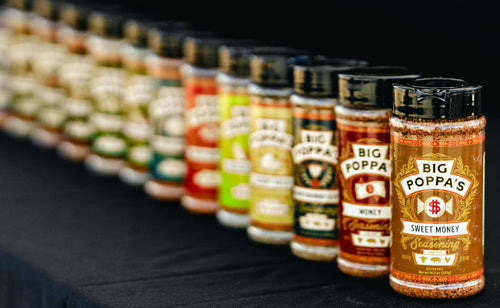
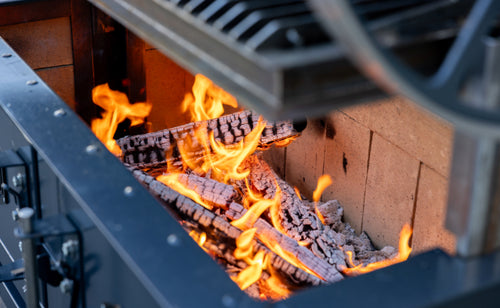
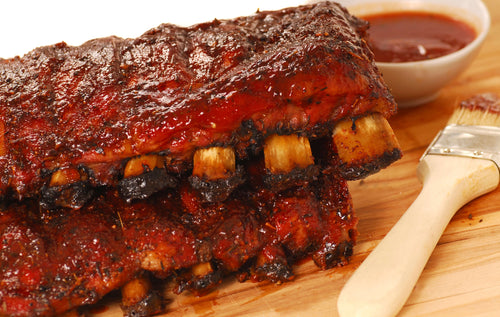
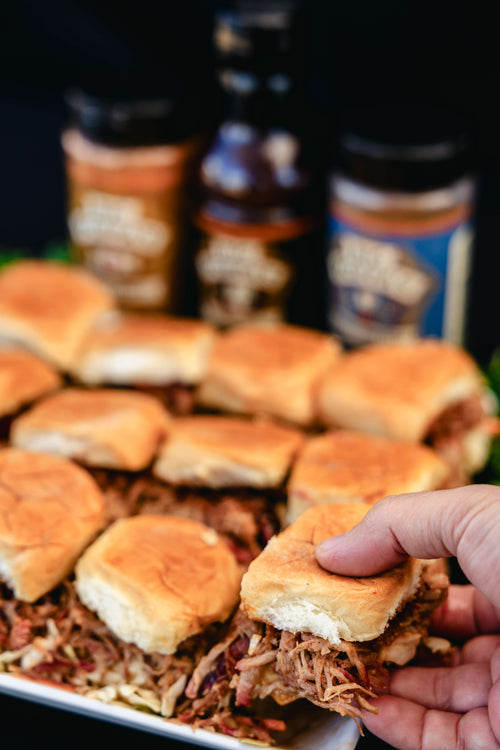


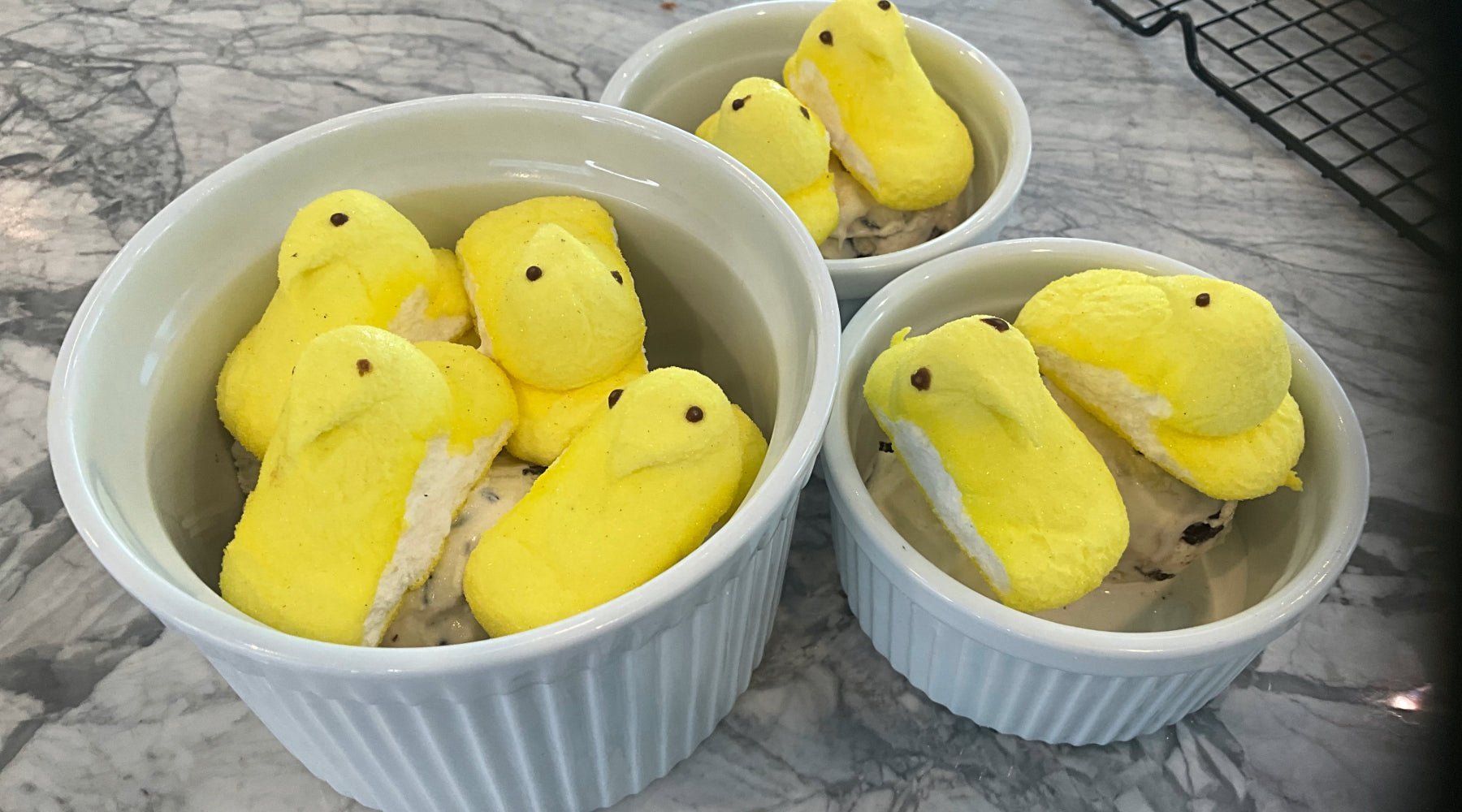
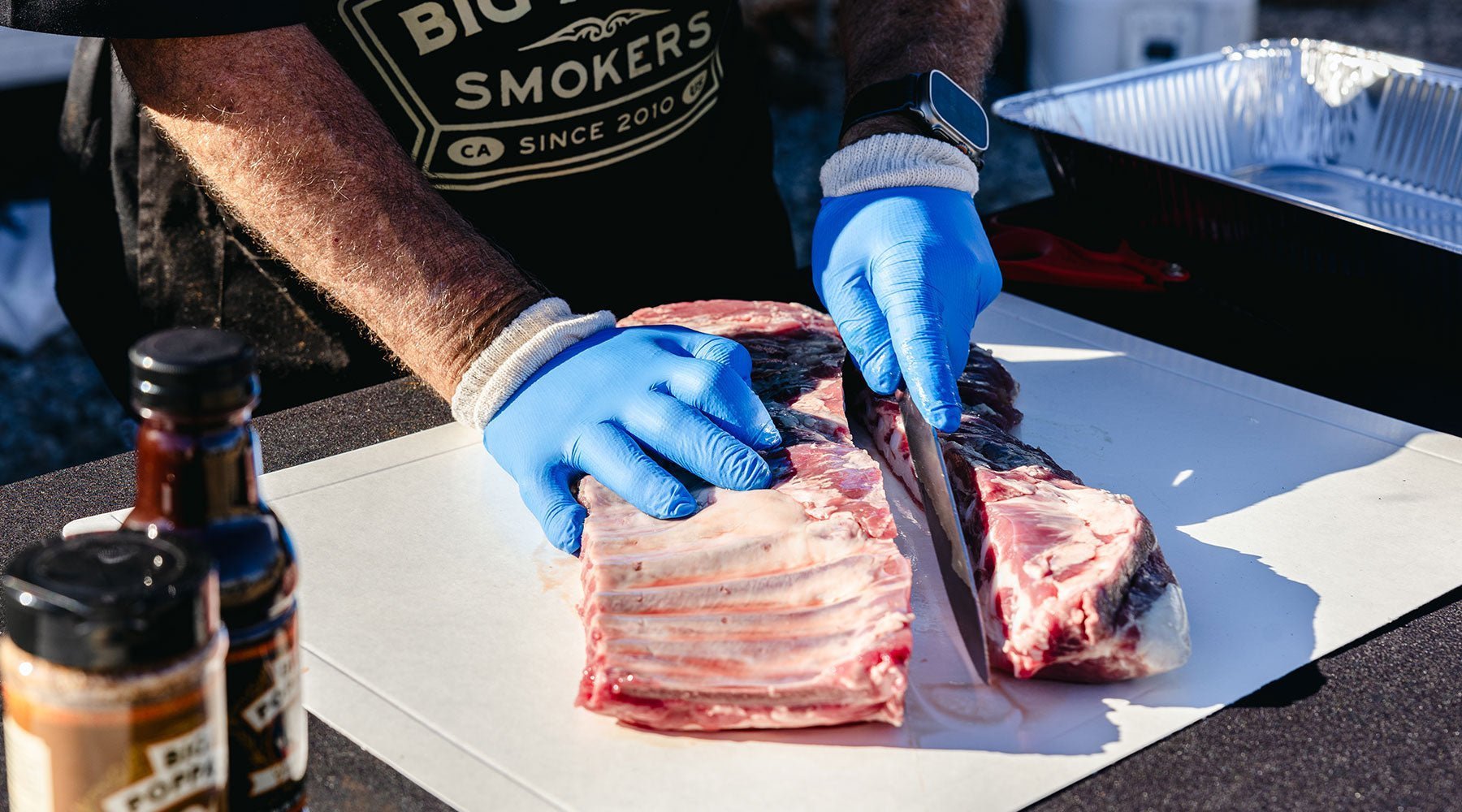


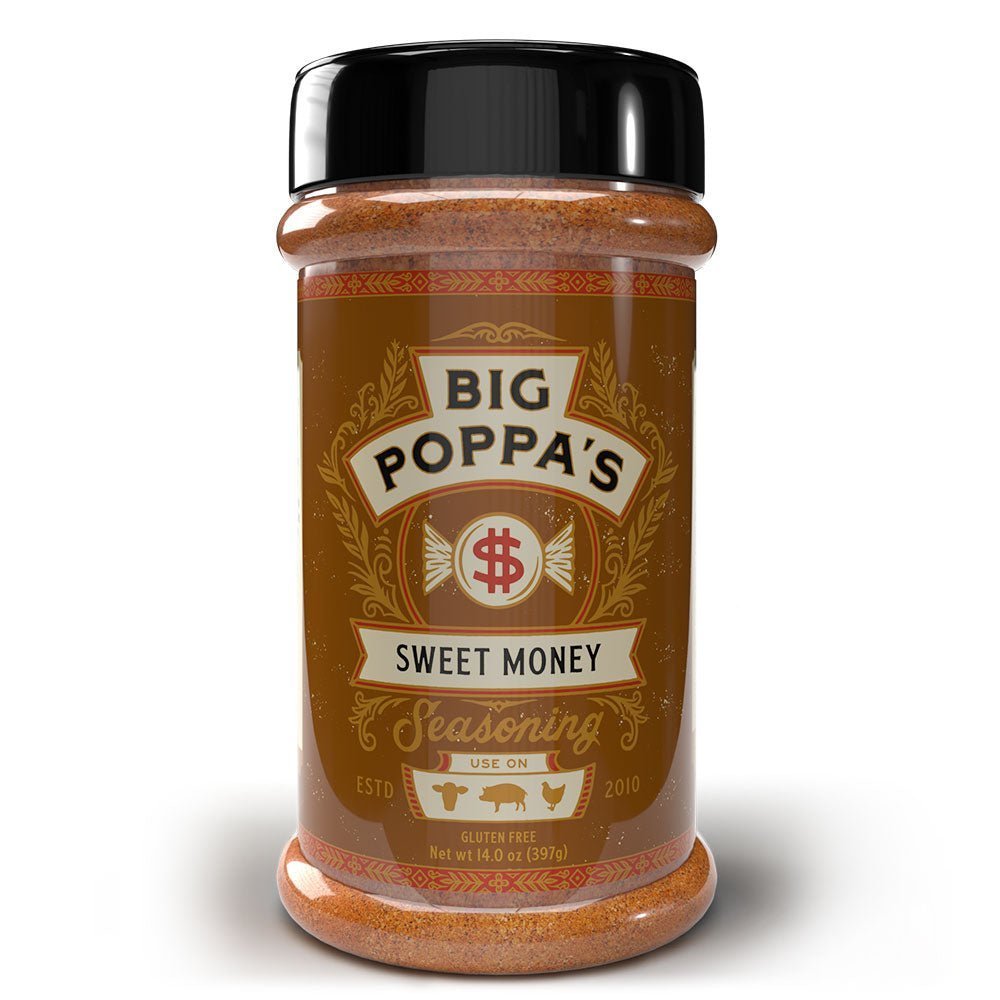
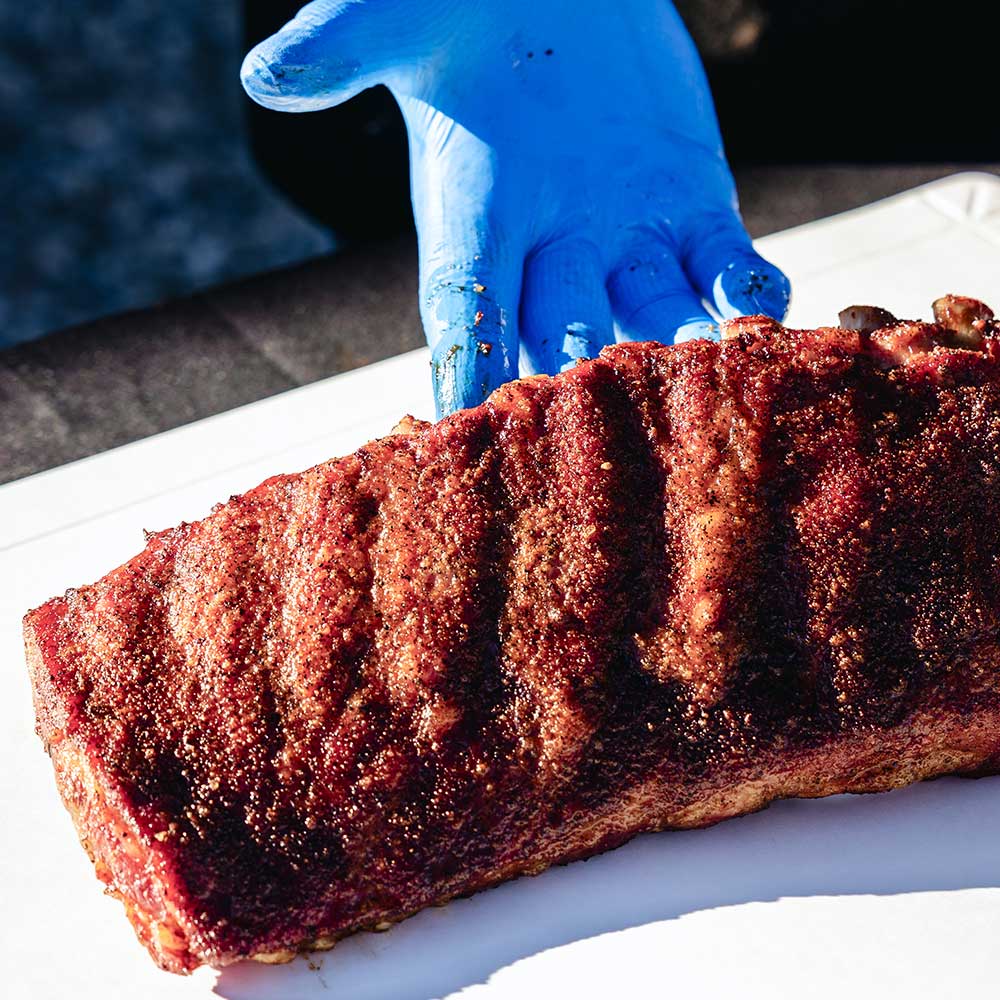
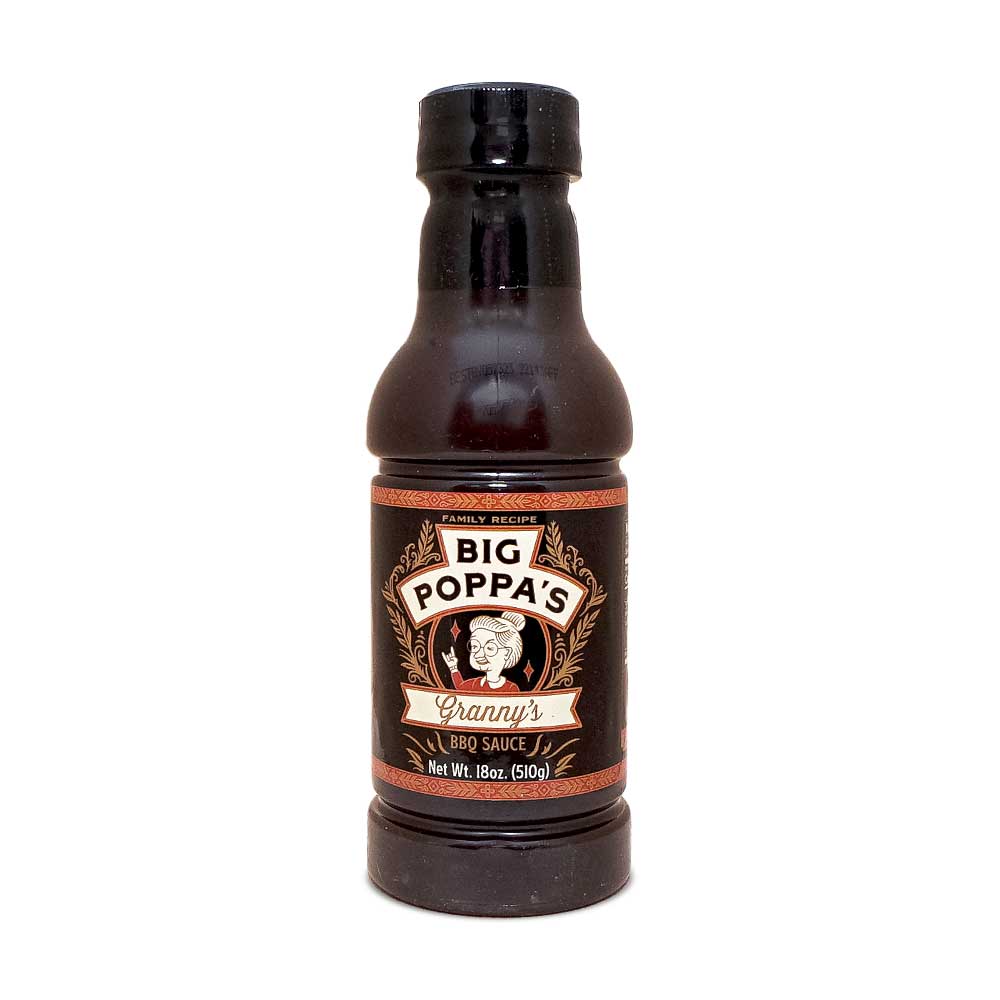
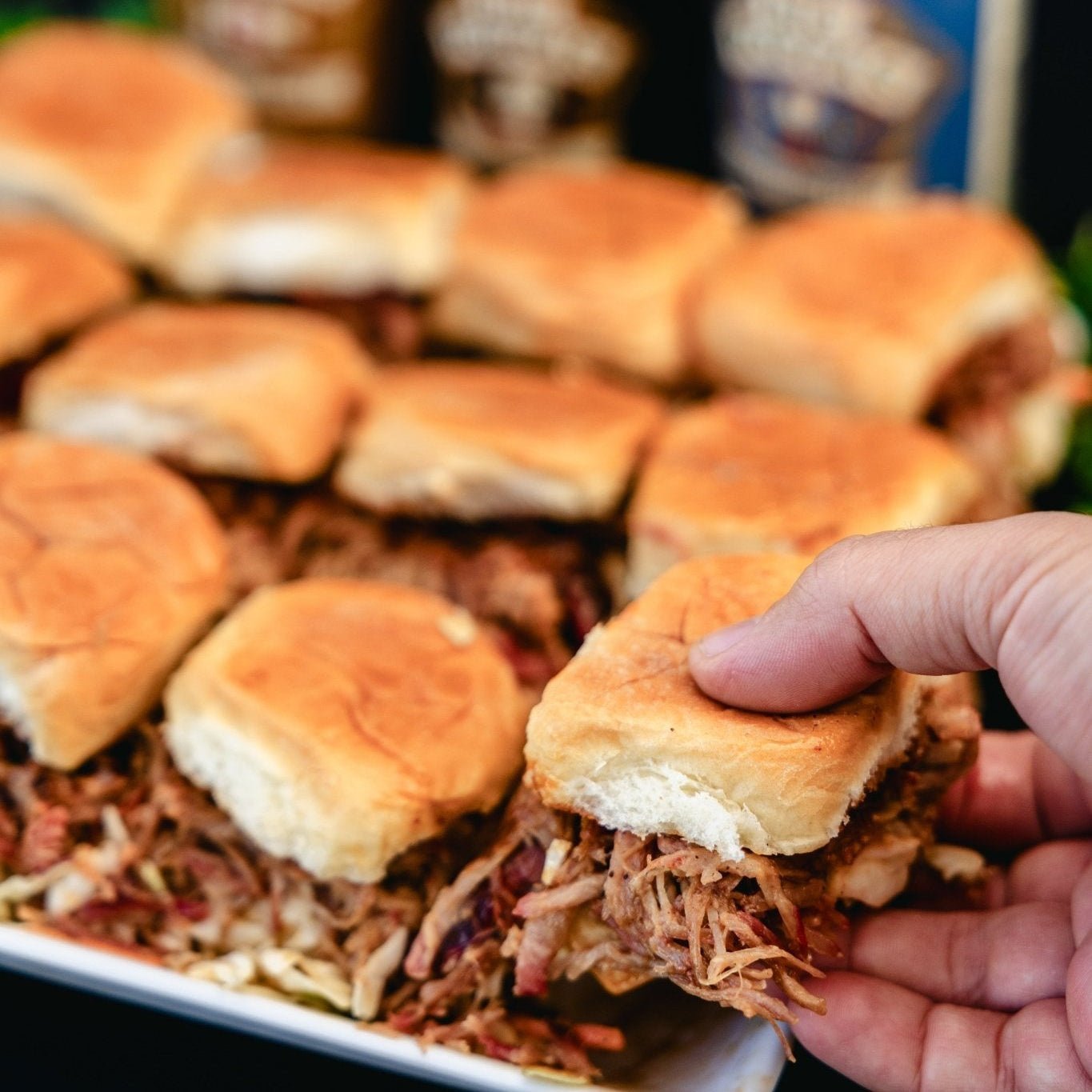
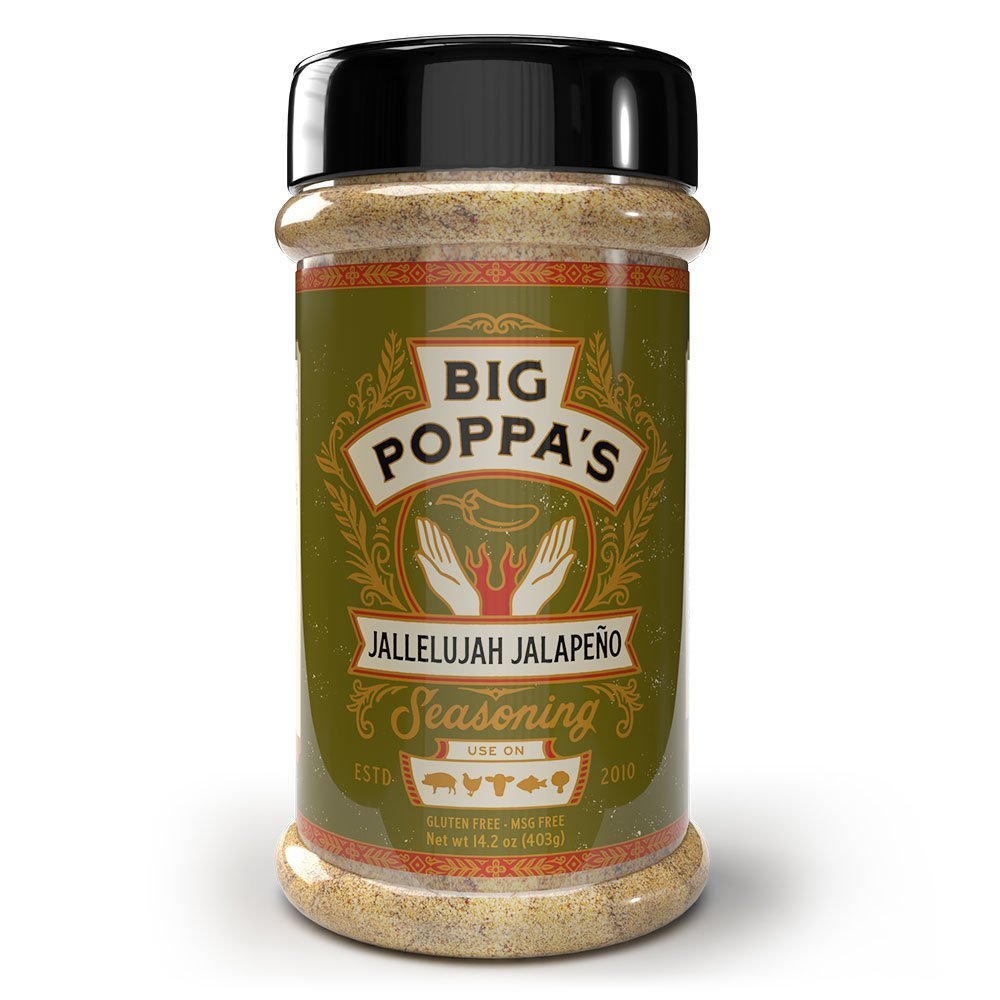
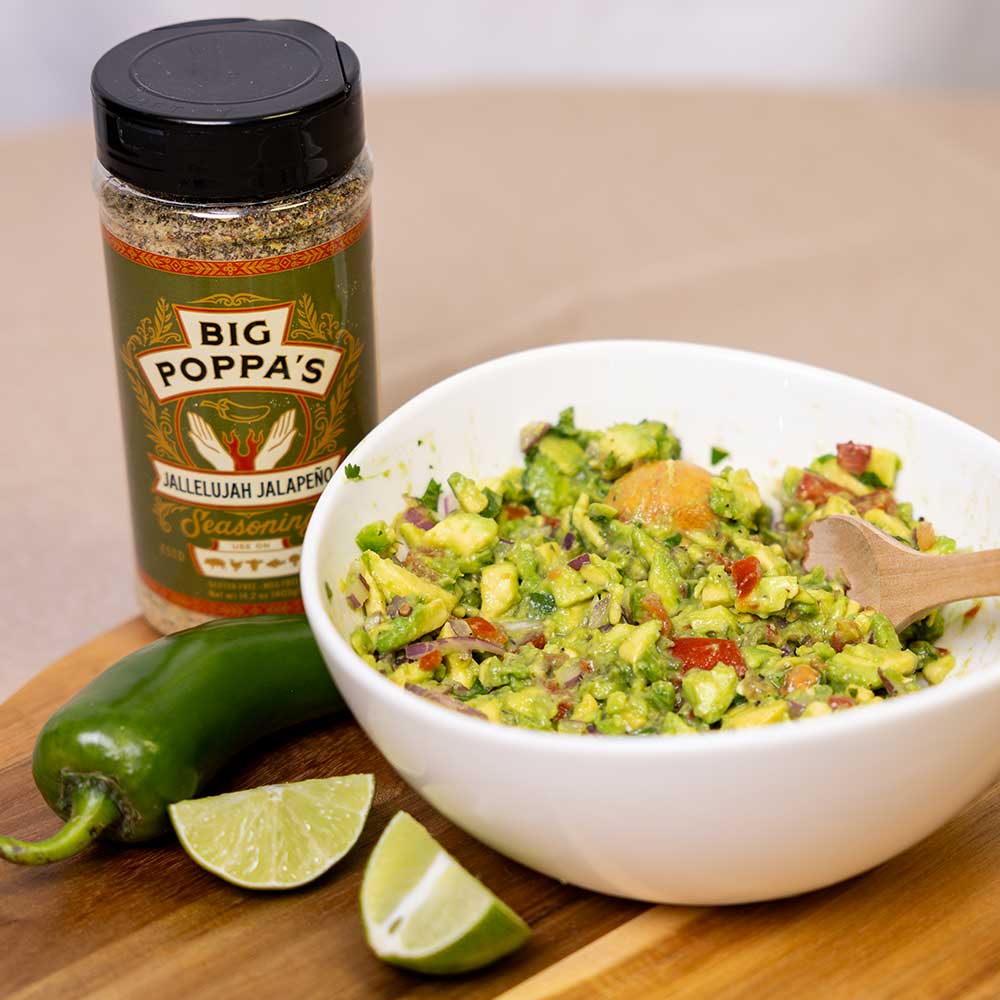

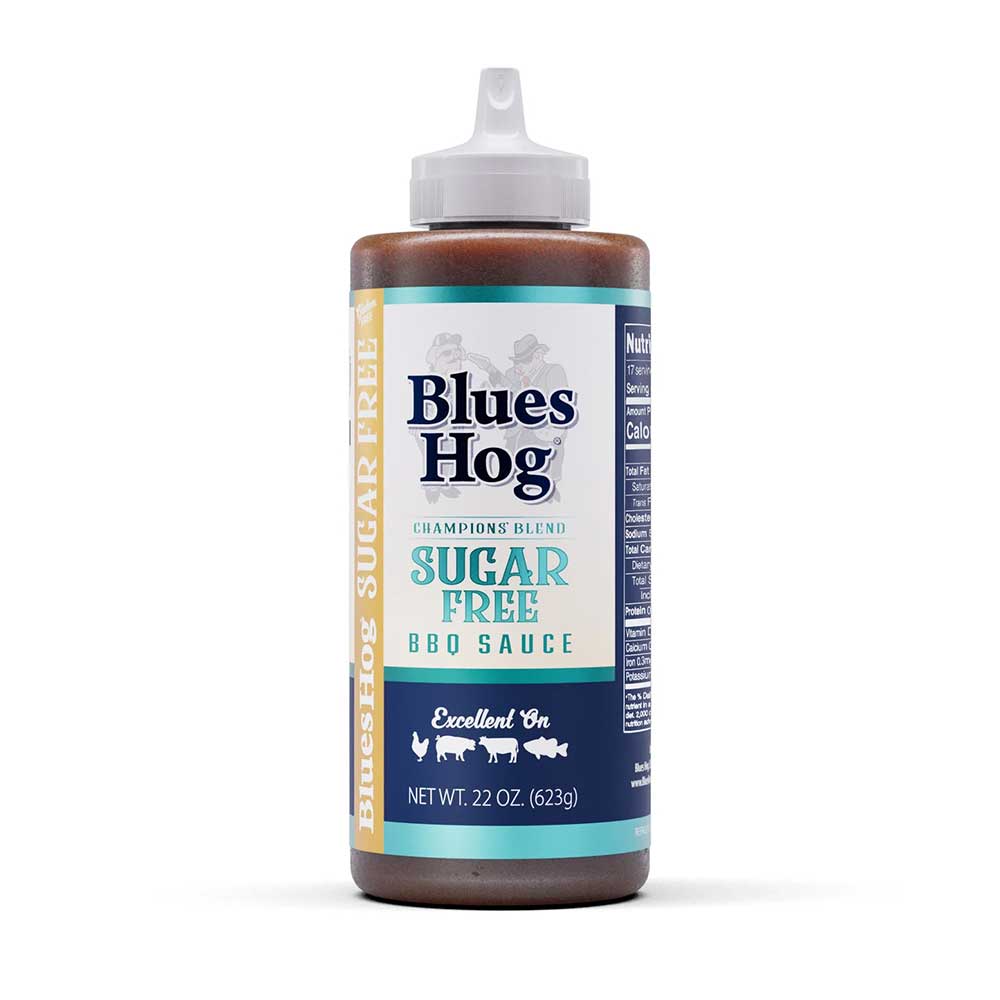
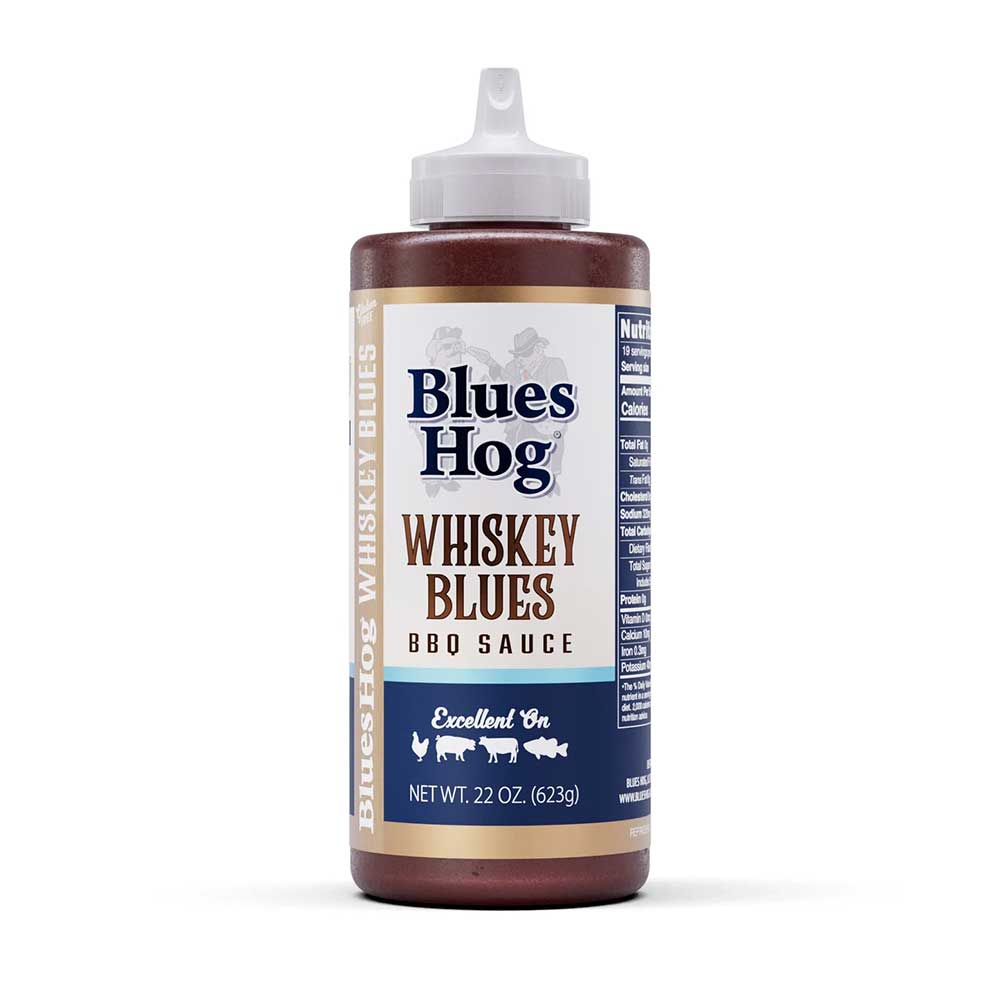
Leave a comment
This site is protected by hCaptcha and the hCaptcha Privacy Policy and Terms of Service apply.